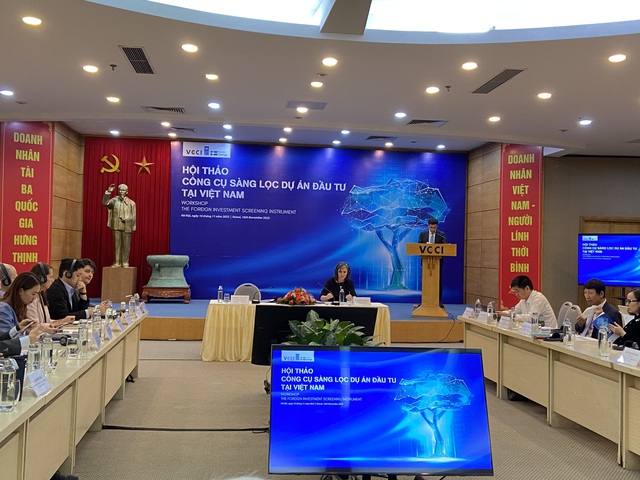“Sweet fruit” from EVFTA
VGP - The EU-Viet Nam Free Trade Agreement (EVFTA), the first trade deal between the two sides, is likened to a significant "highway" directly connecting the Vietnamese economy with the 27 EU economies.

This is a new-generation FTA with high standards and commitments covering many areas. It has a strong degree of liberalization and higher commitment than most of Viet Nam's existing FTAs. Therefore, the EVFTA is believed to bring significant and positive impacts to the Vietnamese economy.
Up to now, EVFTA has been in effect for more than two years. Most of the agreement's commitments such as tariffs, service market access, investment, public procurement and regulatory commitments in many areas have been implemented and have gained many encouraging initial achievements.
According to a report from the Center for WTO and International Trade (Viet Nam Chamber of Commerce and Industry - VCCI), from August 2020 to the end of July 2022, total export turnover from Viet Nam to the EU market reached US$83.4 billion, an average increase of US$41.7 billion per year.
The proportion of exports taking advantage of EVFTA tariff preferences in 2020 reached 14.8 percent, increasing to 20.2 percent in 2021 and 24.5 percent in the first six months of 2022.
Many export items of Viet Nam have recorded impressive growth such as iron and steel (up 739 percent); cameras, camcorders and components (up 260 percent); machinery and equipment (up 82.3 percent).
A bright spot in Viet Nam's export growth to the EU market is the restructuring of agricultural exports to several product groups with higher added value, such as bamboo and rattan, sedge, carpet (increasing by more than 50 percent); or ceramic and porcelain products (increasing by more than 25 percent.
To improve efficiency in the implementation of EVFTA, Vietnamese businesses need to actively seek information about commitments to take appropriate action and avoid over-optimism or unfounded expectations, leading to risks in the integration process.
Besides, enterprises need to actively innovate their production, business and technology methods to create quality goods that better meet the strict requirements of the EU market./.

